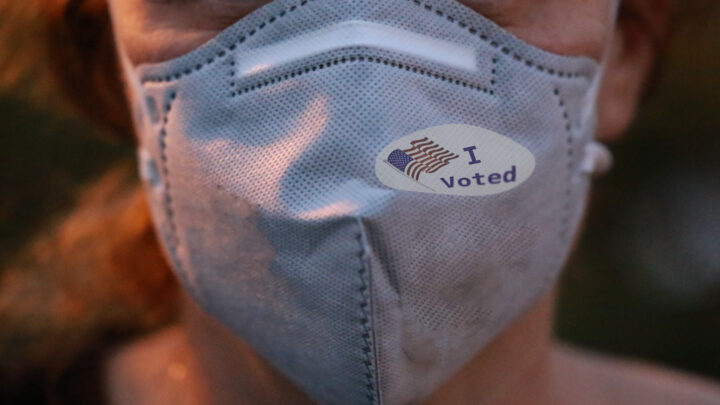
According to the CDC, about 1,299 cases of lung injury associated with the use of e-cigarettes or vaping products have been reported in the U.S. and at least 26 deaths have occurred. Officials have not singled out any particular cause and emphasized that no one product or ingredient has been linked to all cases. This further adds to the fact that we know so little about the long-term effects of vaping.
A majority of physicians on Sermo have been cautioning against vaping and e-cigarettes since they first became popular. In a poll of 270 Sermo physicians conducted in February 2019, 53% believe that a lack of evidence regarding long term safety is the biggest concern about e-cigarettes and 43% believe the rise of e-cigarettes is to blame for the increase in teen use of tobacco products over the last year.
So what now? How can physicians prepare for and treat patients suspected of having this mystery illness while simultaneously combatting current and future use?
Know the Symptoms
Patients diagnosed with a vaping-related illness have reported experiencing symptoms anywhere from several days to several weeks after using e-cigarettes. So far, patients have suffered from respiratory symptoms, including coughing, shortness of breath, chest pain and difficulty breathing. Other common symptoms have been nausea, vomiting, diarrhea, fatigue, abdominal pain, fever and weight loss. These symptoms are very similar to the symptoms associated with the flu and other viral infections, so as we enter flu season it’s more important than ever for physicians to recognize the symptoms so treatment can be administered appropriately.
Speaking of treatment, the CDC recently released its official guidance which provides a framework for healthcare providers in their initial assessment, evaluation, management and follow-up of those with symptoms of e-cigarette or vaping lung injury. The report can be viewed here.
Educate, Educate, Educate
The accessibility, appealing flavors and advertisements of e-cigarettes have made them the most commonly used form of tobacco among youth in the U.S. According to the CDC, there were 1.5 million more youth e-cigarette users in 2018 than 2017, and the use of tobacco products among high school students grew by 38.3%.
We brought these alarming statistics to our network and asked physicians to share their thoughts on the best ways to combat the use of vaping among our country’s youth. 35% shared that offering youth prevention and education programs in schools is the best solution, while others think banning flavored pods and ending social media marketing of vaping products are key ways to address this problem. Healthcare professionals have stepped in and assumed the role of being an important resource and facilitator of change for patients and parents/guardians alike.
Future Outlook
Looking at the future of e-cigarettes, much is still unknown. In terms of research, scientists and healthcare professionals continue to look into the causes of and treatment of vaping-related illnesses. In terms of legislation, 47% of our network wants to completely ban all types of e-cigarettes, while others want to increase taxes on the product and raise the federal legal age to buy vaping products to 21.
As this story continues to unfold, the CDC has emphasized that a physician’s quick recognition of patients with symptoms and an increased understanding of treatment considerations could reduce morbidity and mortality associated with this illness.
For more physician insights and poll data, follow us on Twitter and LinkedIn.














